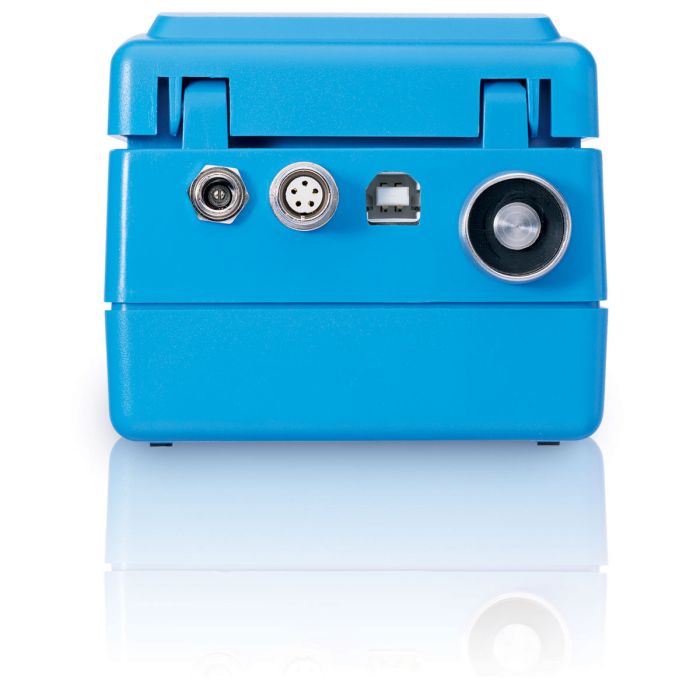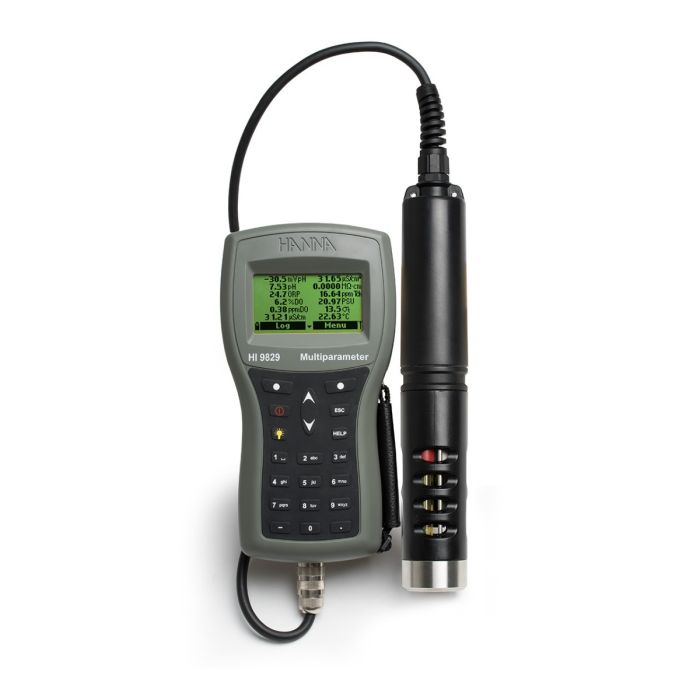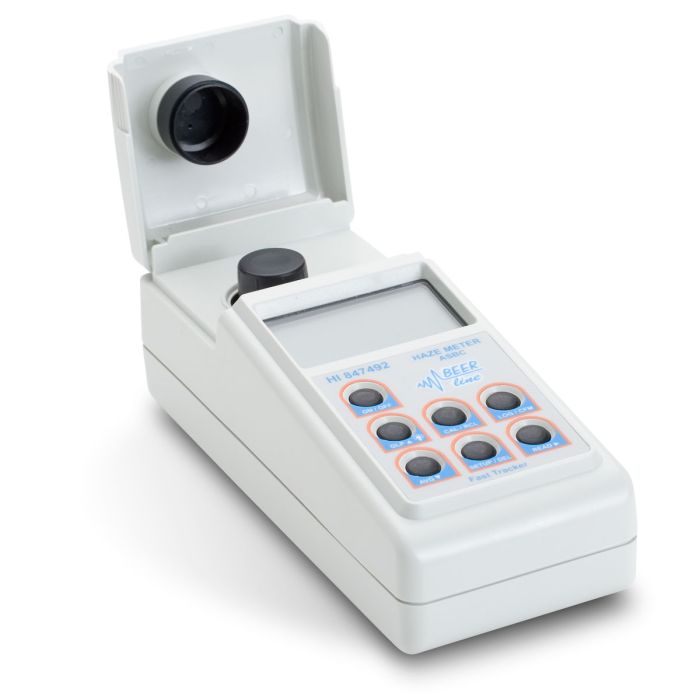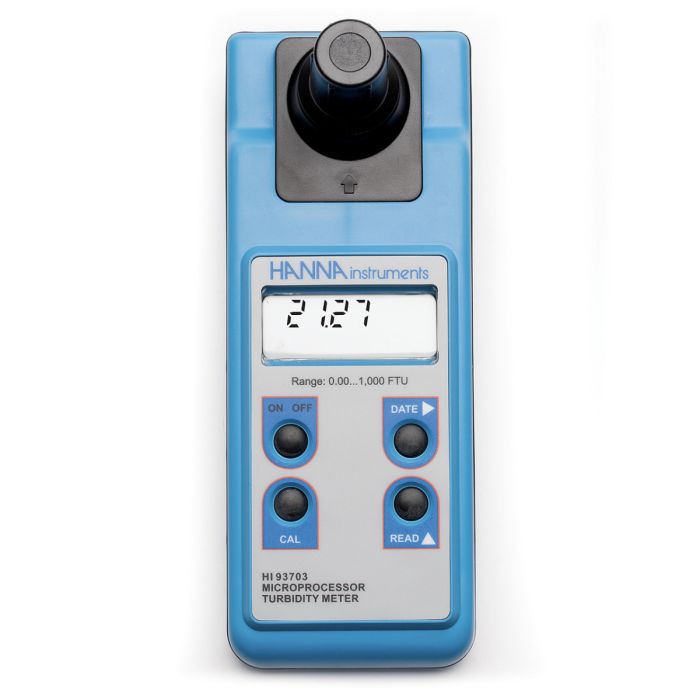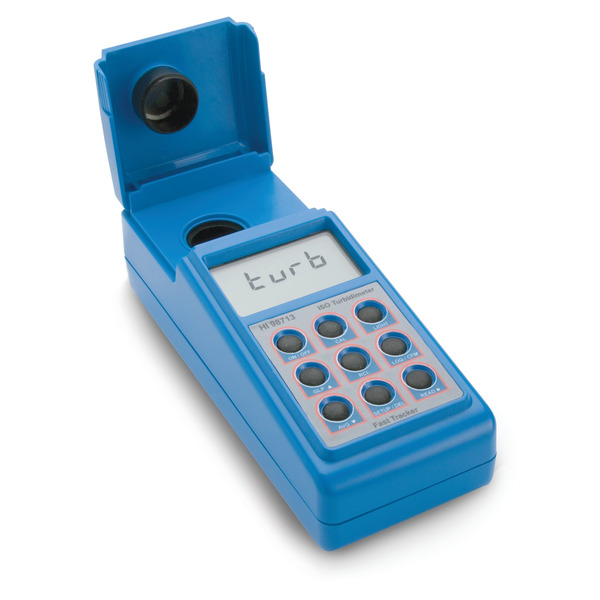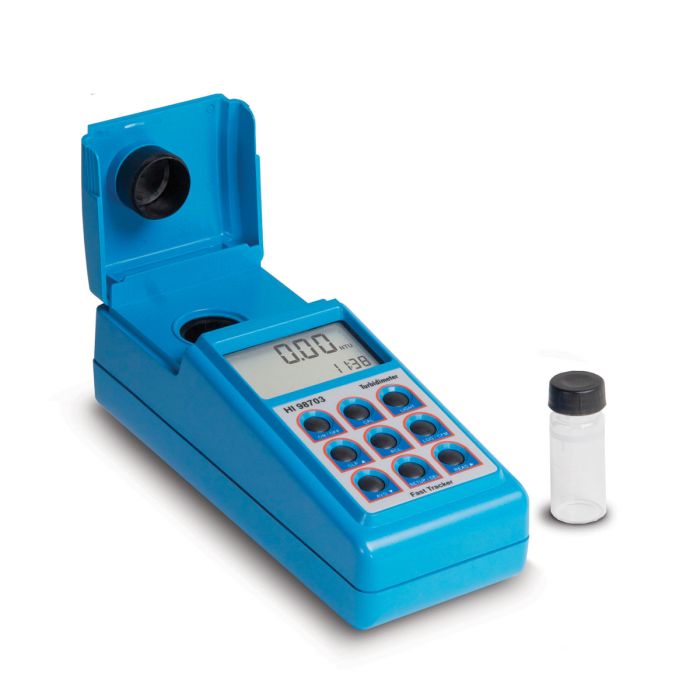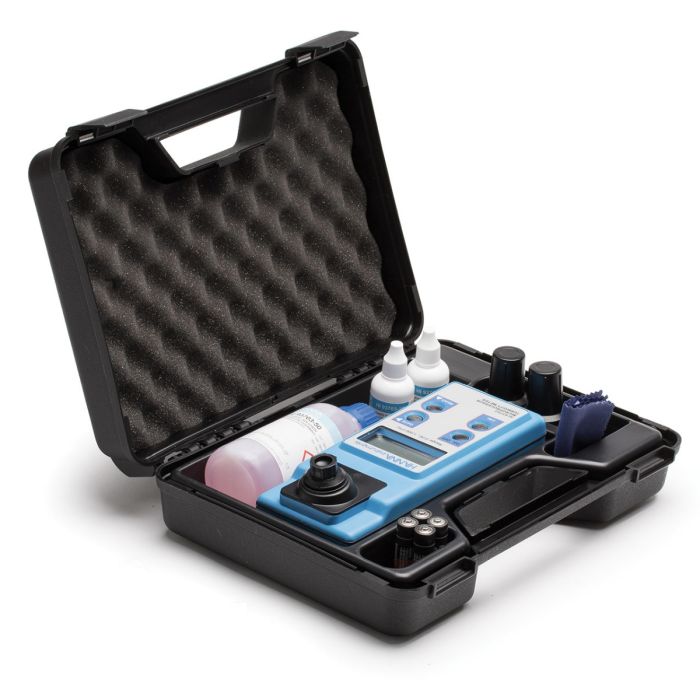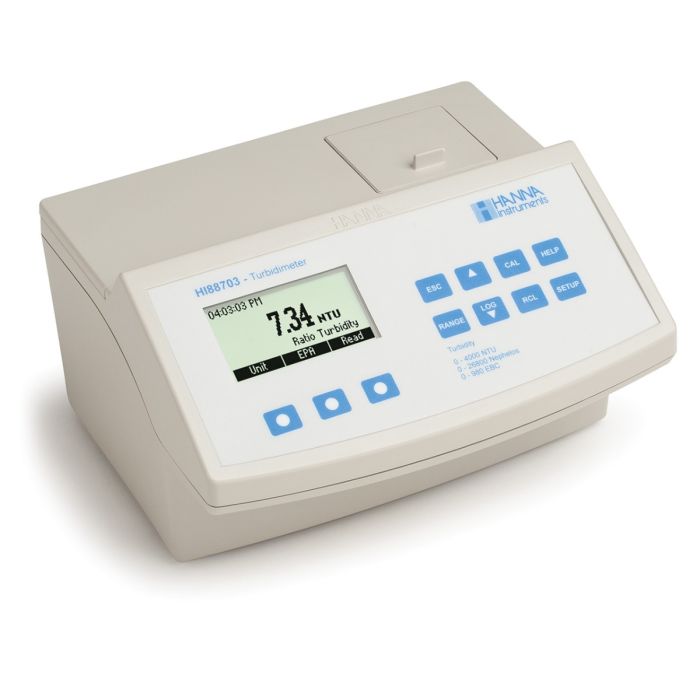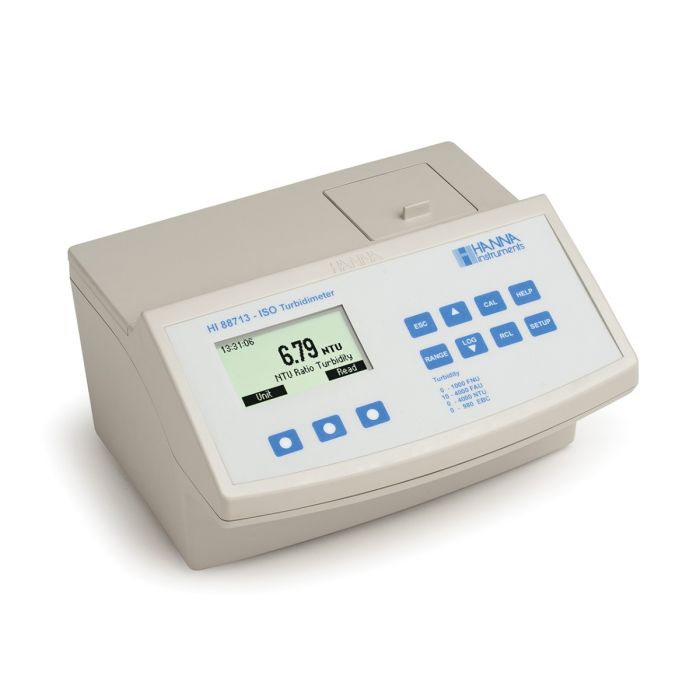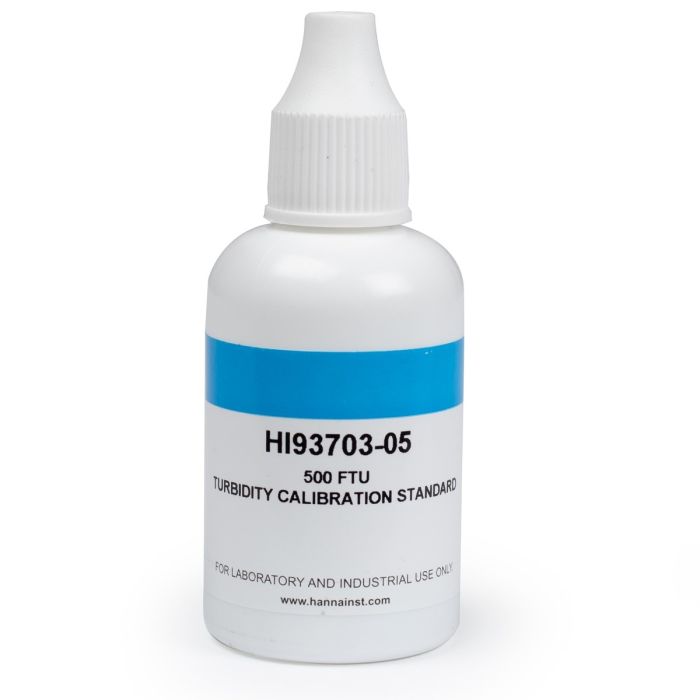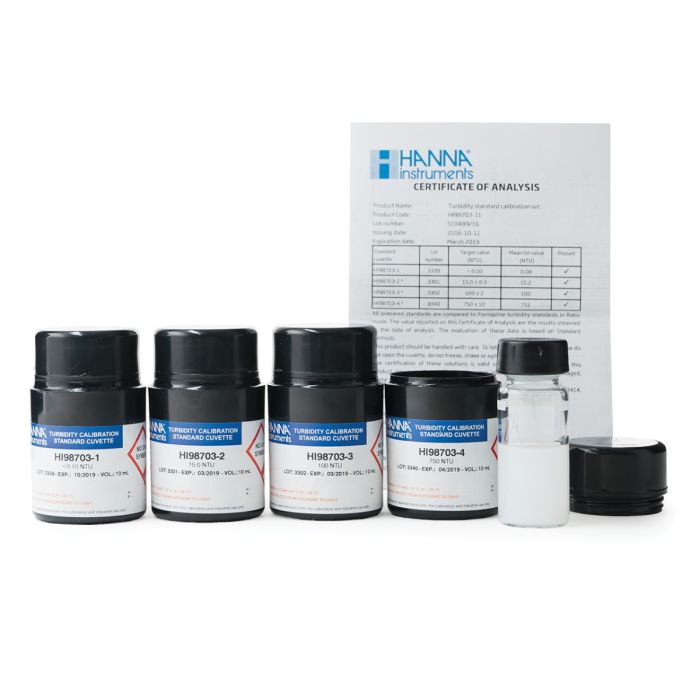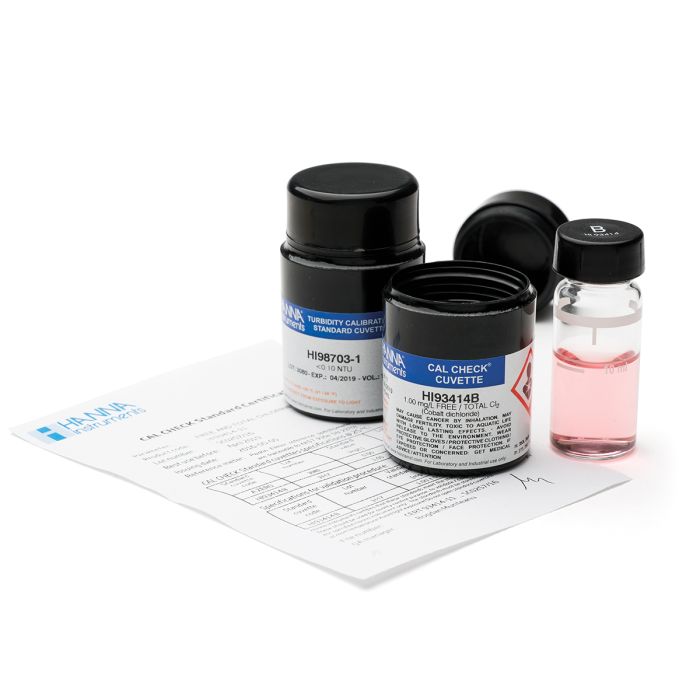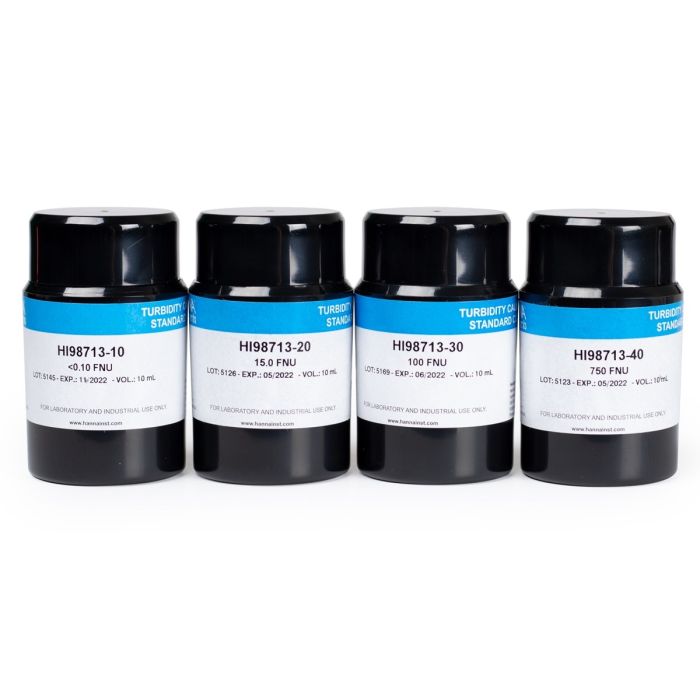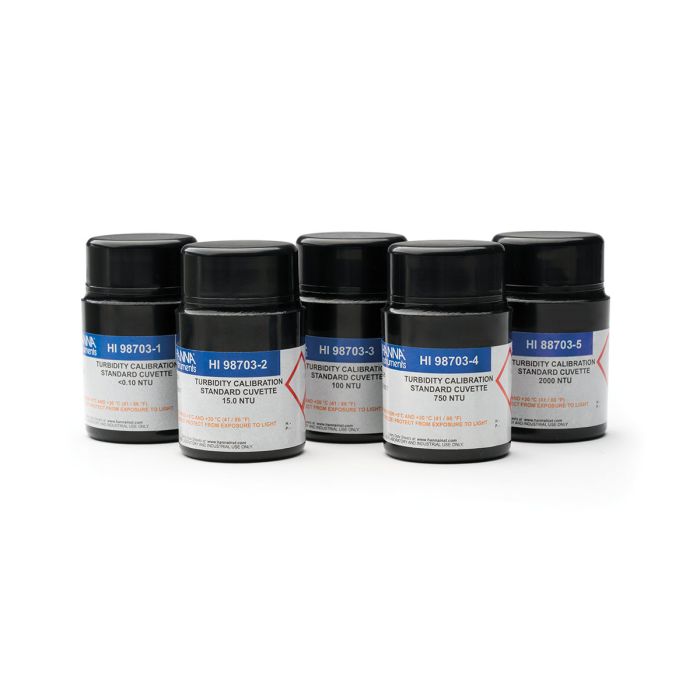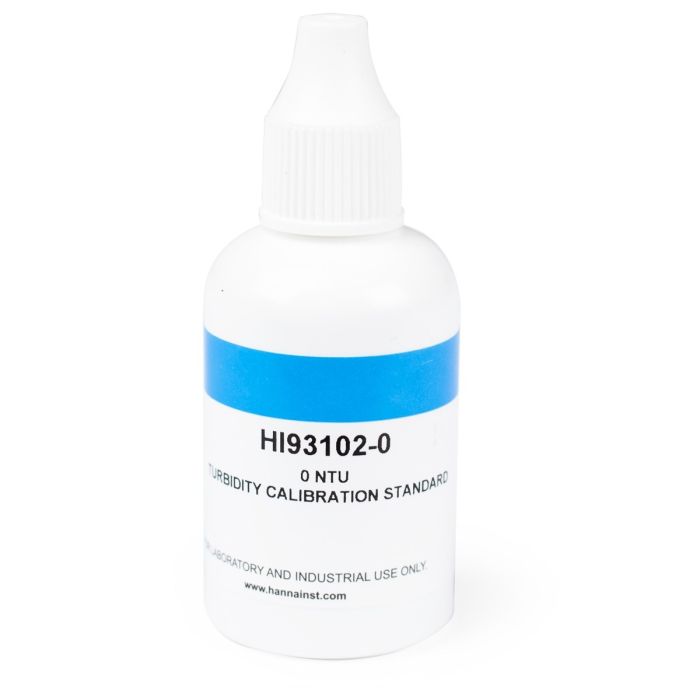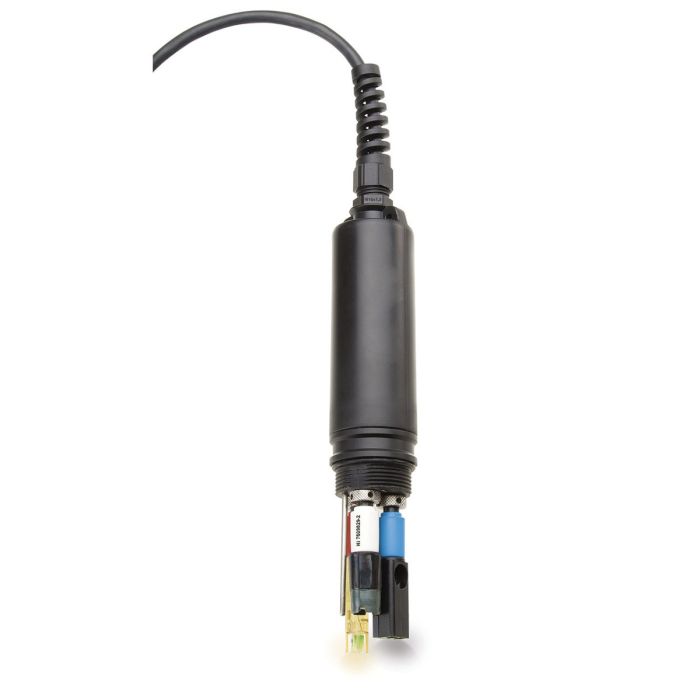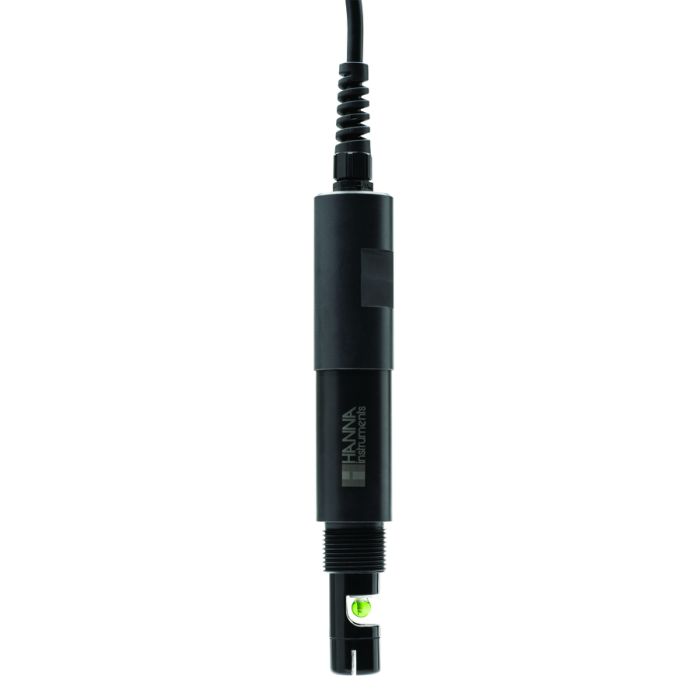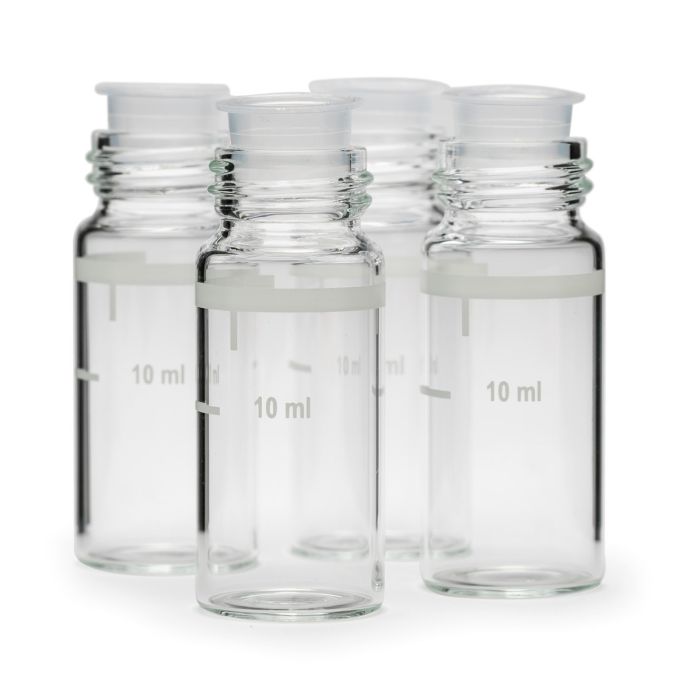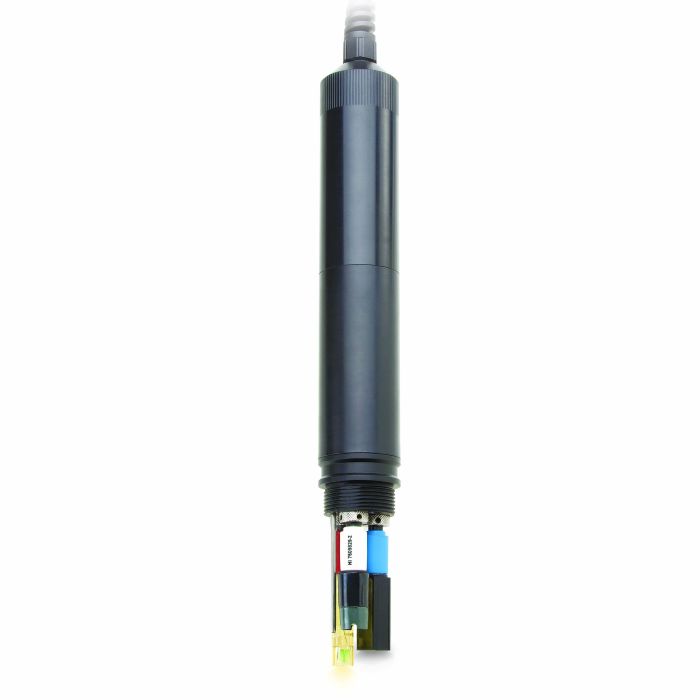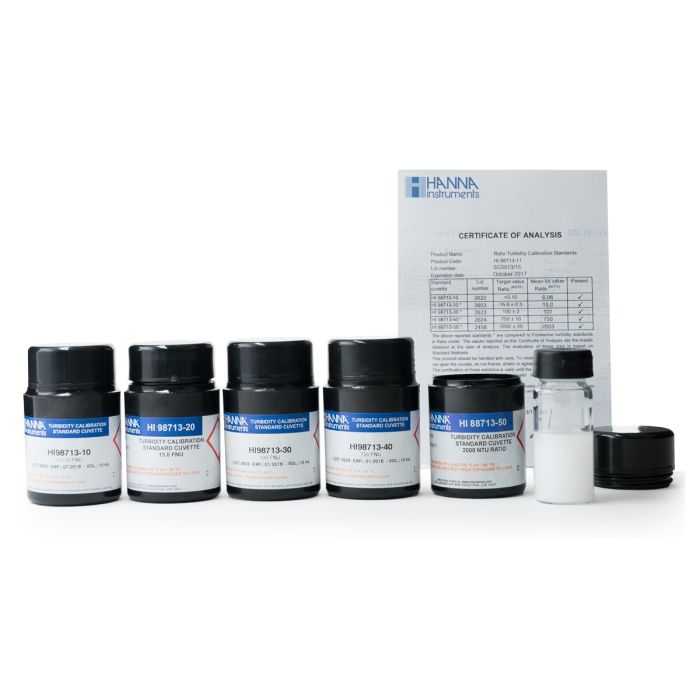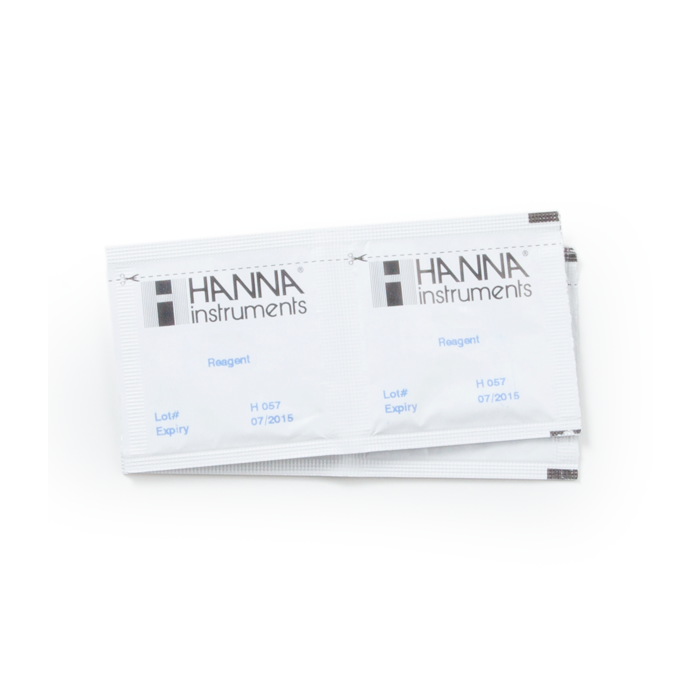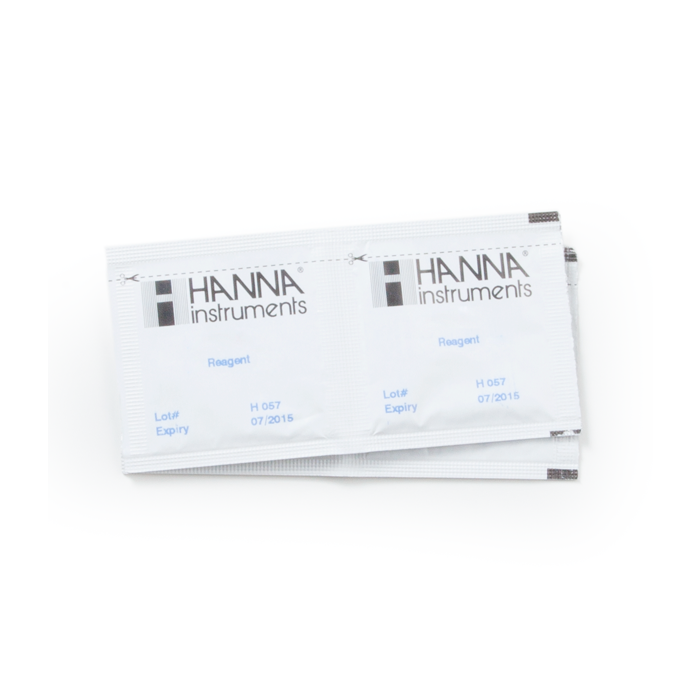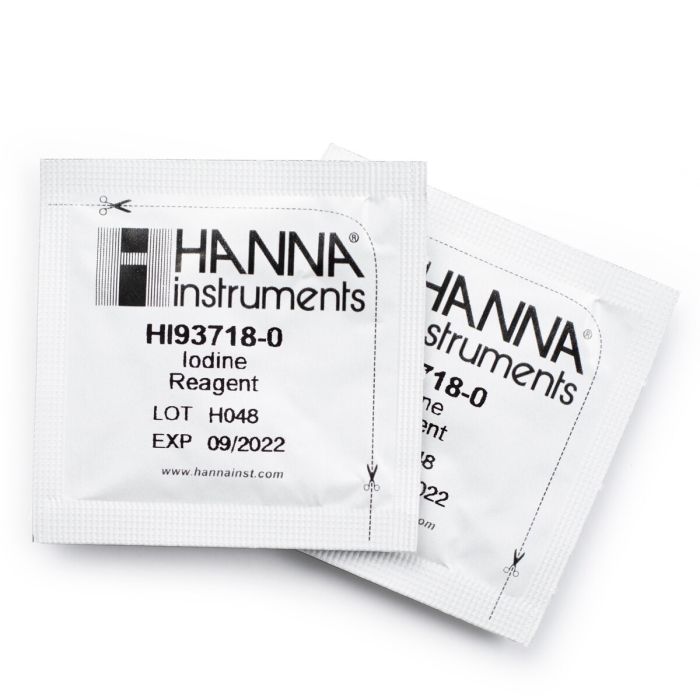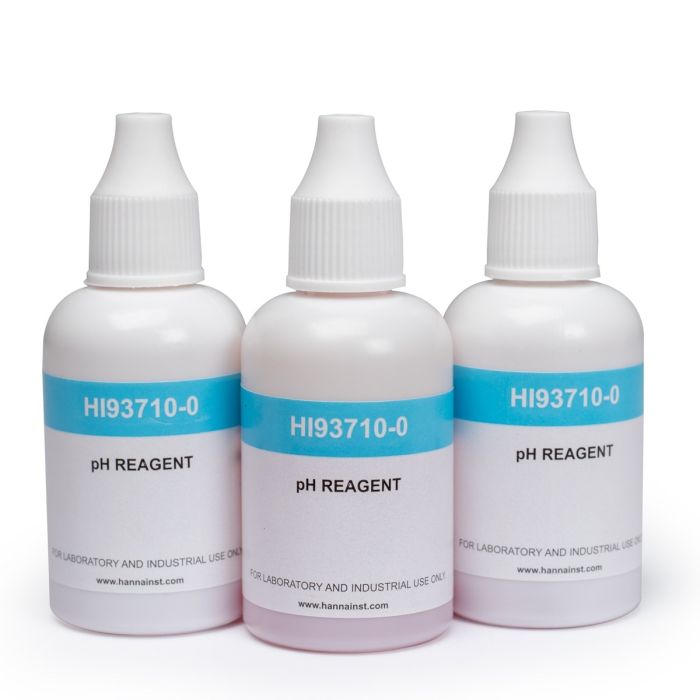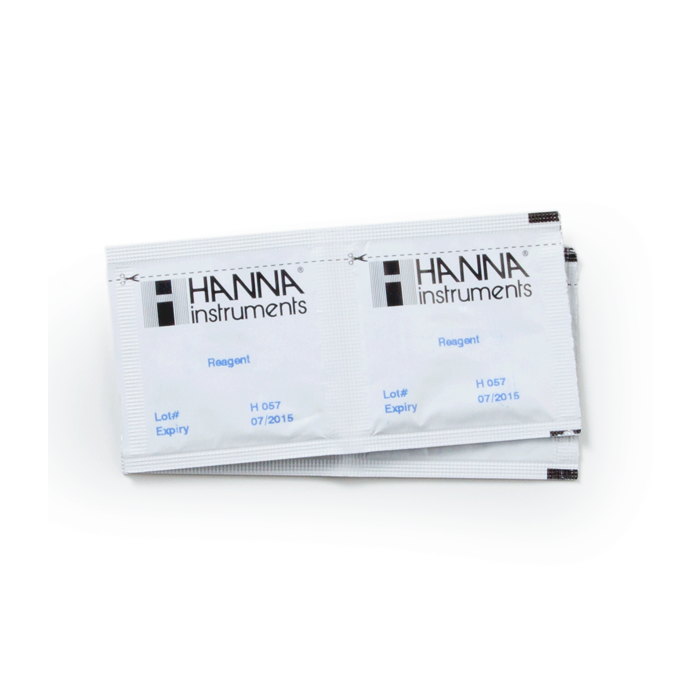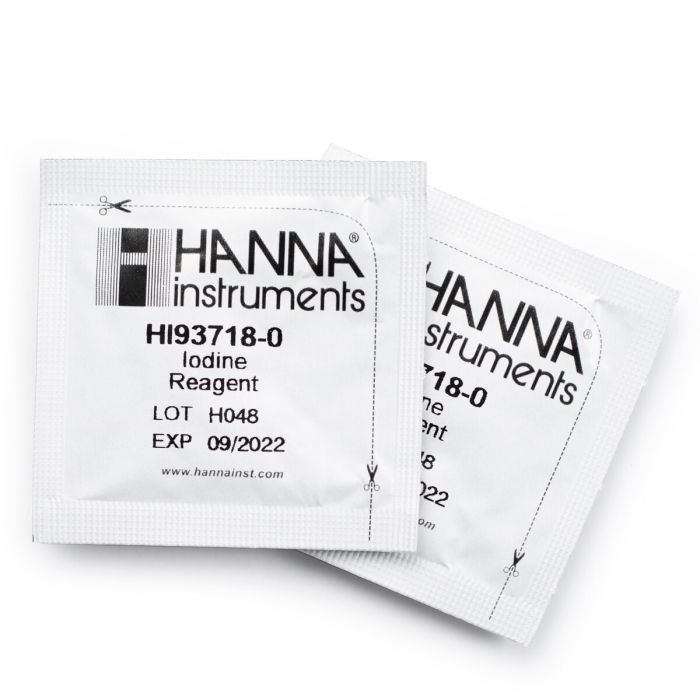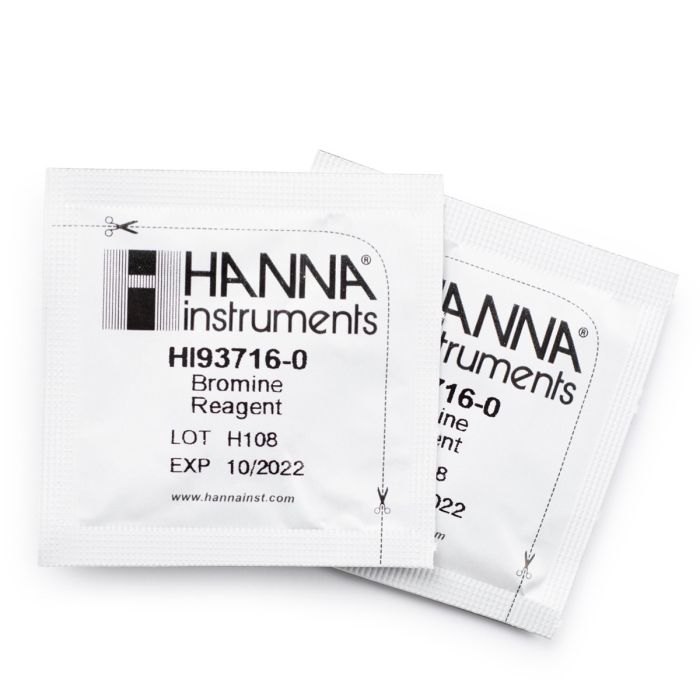The nephelometric turbidity meter is designed to be routinely standardized with a known light scattering standard. Standards and reference materials should be produced and characterized in a technically competent manner and should be homogenous, stable, certified, and have available a known uncertainty of measurement. Presently, there are at least two standards recognized and approved by the USEPA, Standard Methods, ASTM, and other regulatory agencies; these are formazin and AMCO AEPA-1.
Formazin is an aqueous suspension of an insoluble polymer formed by the condensation reaction between hydrazine sulphate and hexamethylenetetramine. Although formazin was suggested as a turbidity standard as early as 1926, it has many limitations, such as its high toxicity, low shelf life, quick rate of settling and easy agglomeration. Fortunately, since 1982, there is a standard available which overcomes the shortcomings of formazin. This has been developed by the American company, Advanced Polymer Systems, and is a suspended mixture of styrene divinylbenzene polymer spheres. These standards have the following characteristics:
Stability: AMCO AEPA-1 turbidity standards are a stabilized suspension of cross-linked styrene divinylbenzene copolymer microbeads in ultrapure water. These beads are chemically inert and keep their chemical balance in a water medium regardless of concentration. The size scatter of the beads only ranges from 0.06 to 0.2 microns. This small size accounts for random Brownian movement of these beads in suspension, keeping them in constant motion and totally dispersed within the ultra pure water matrix.
Physical properties: Particle size, uniform shape and refractive index make these spheres ideal to characterize light absorption and scatter for 90° behavior in the UV-VIS range. In addition, the bead’s spherical shape and size impedes the agglomeration or precipitation of the standard. For these reasons, the AMCO AEPA-1 standards are very stable.
Reliability: These standards are prepared and bottled in a clean room facility. They are tested for accuracy and stability, fully validated before bottling, and free from any toxic or carcinogenic chemicals or compounds.
Hanna provides AMCO AEPA-1 standards for turbidity calibration.
